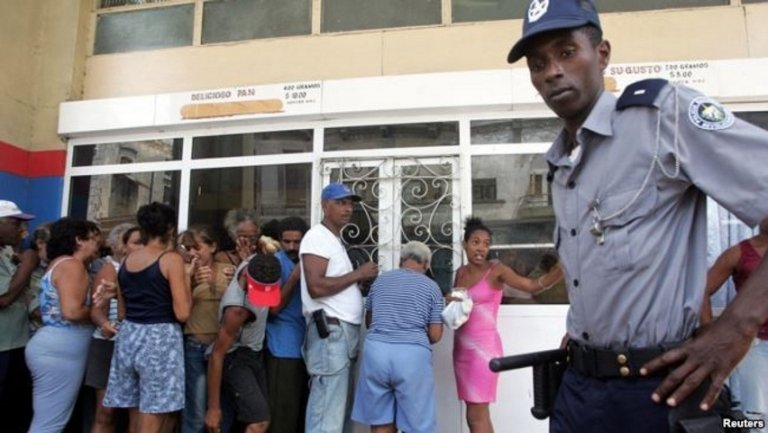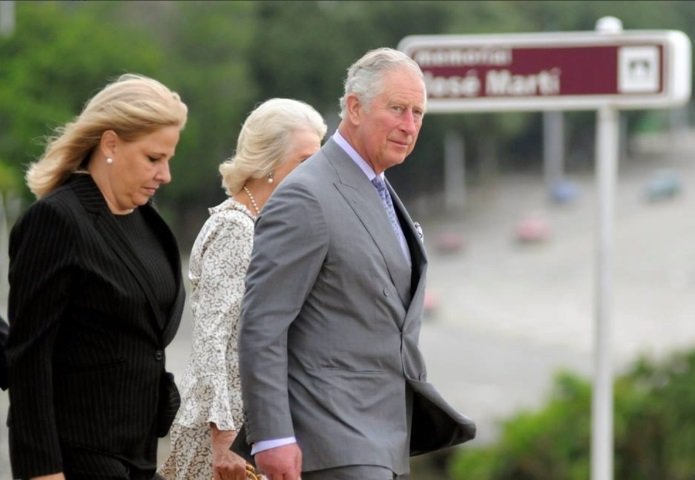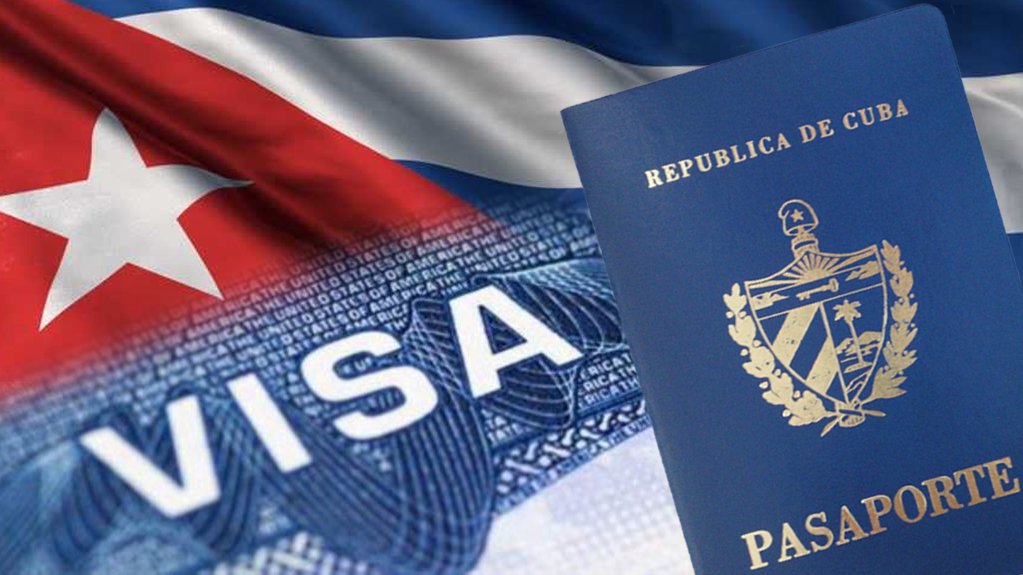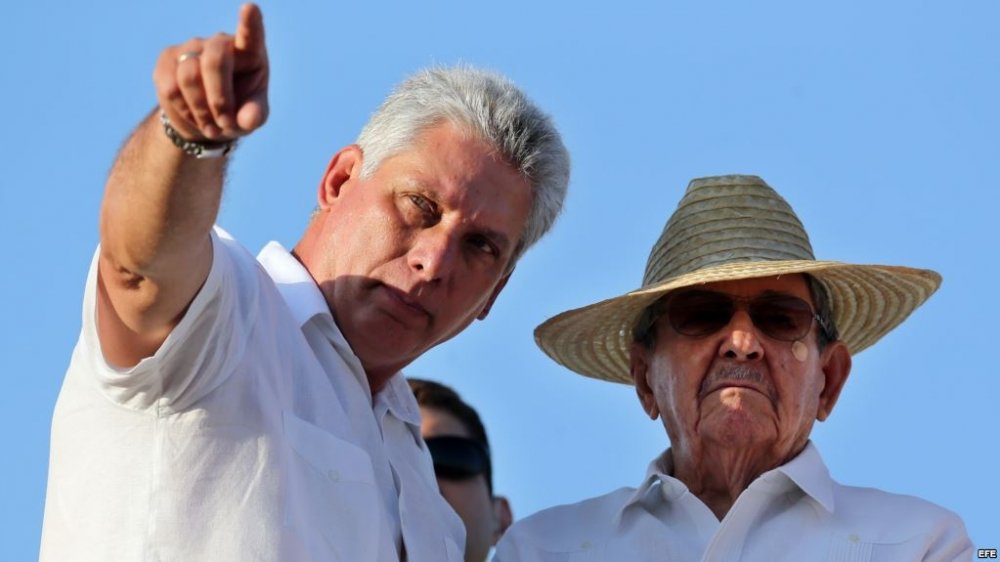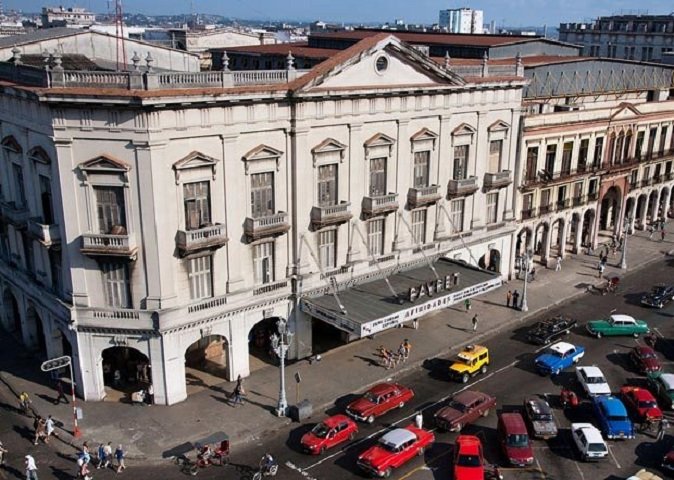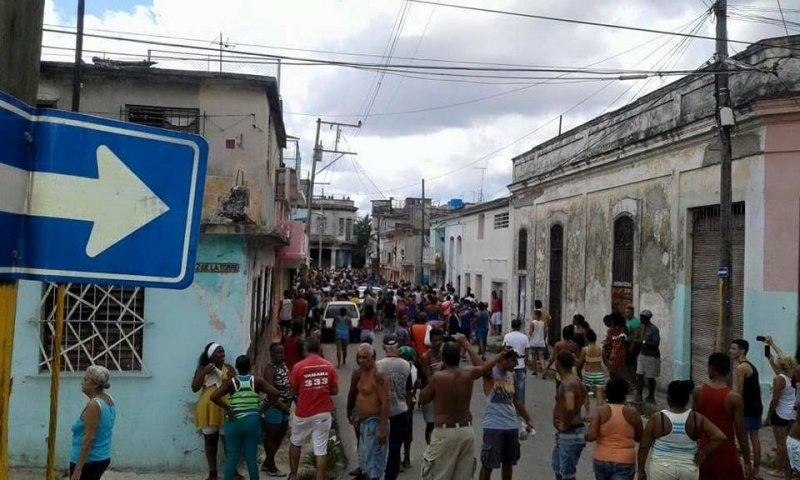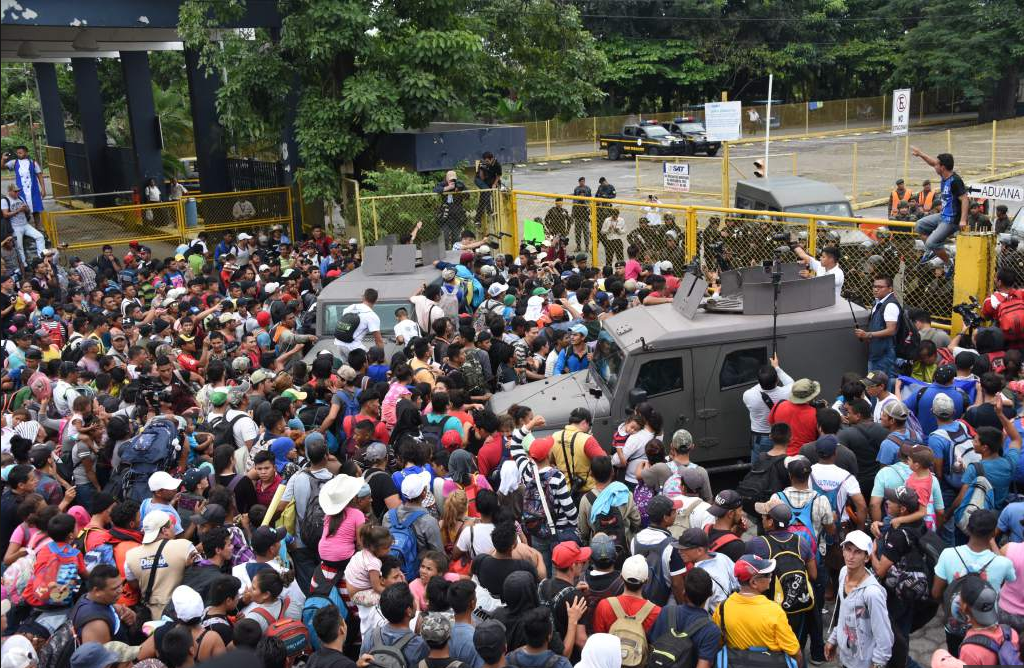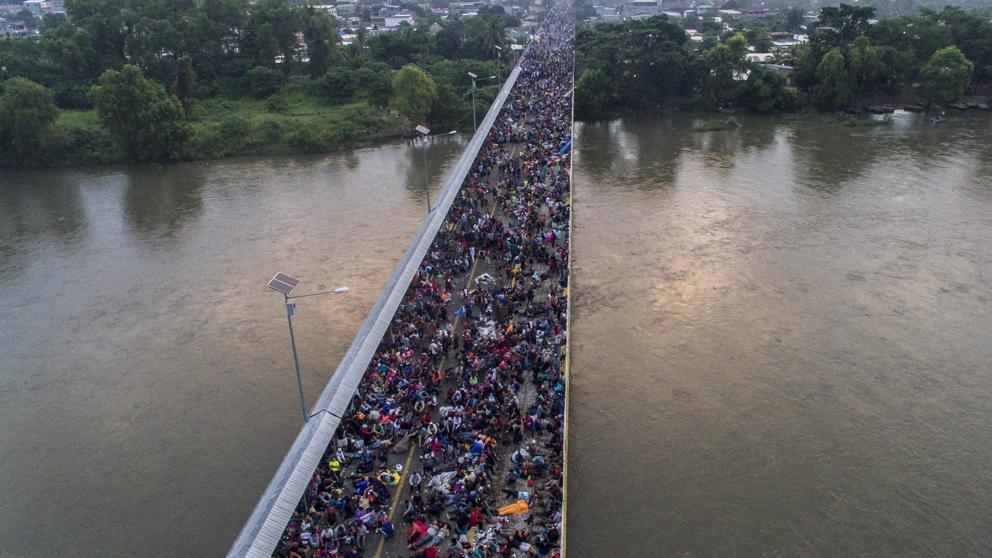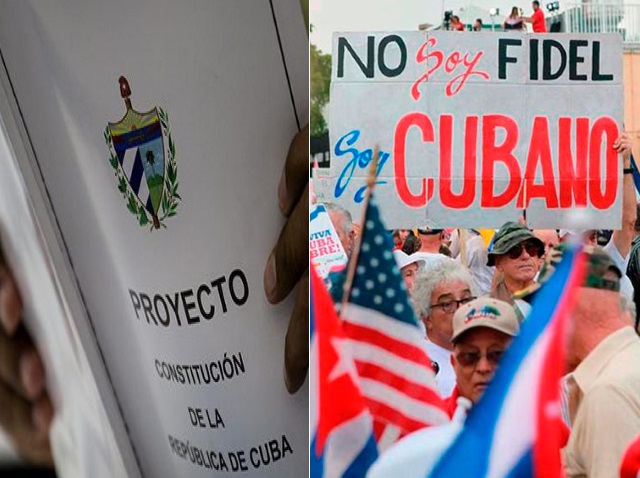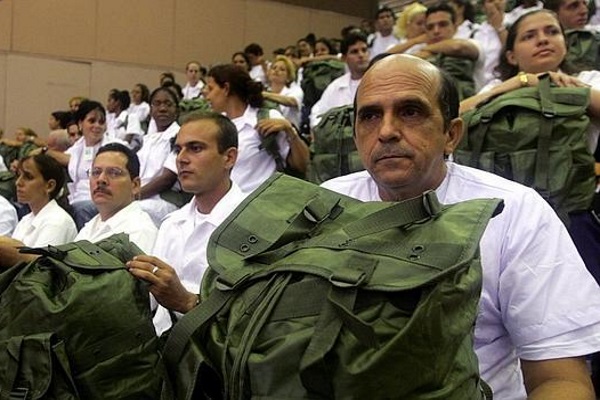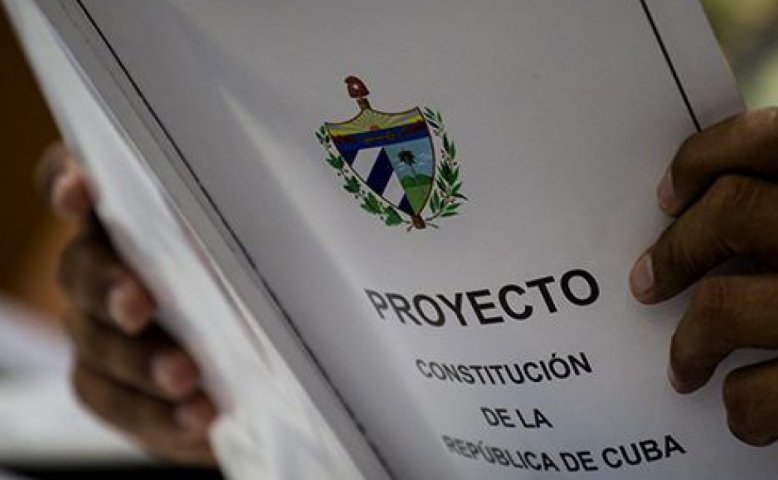
 Cubanet, Miriam Celaya, Havana, 12 April 2019 — As implausible as it may seem, 60 years after its arrival in power, the Castro regime has not yet been able to legitimize itself. The self-awareness of the nature of its bastard lineage is reflected with particular force in the persistent insistence of inventing associations of historical continuity with the wars of Independence and their heroes, and also with the civic and intellectual legacy of the Republic.
Cubanet, Miriam Celaya, Havana, 12 April 2019 — As implausible as it may seem, 60 years after its arrival in power, the Castro regime has not yet been able to legitimize itself. The self-awareness of the nature of its bastard lineage is reflected with particular force in the persistent insistence of inventing associations of historical continuity with the wars of Independence and their heroes, and also with the civic and intellectual legacy of the Republic.
The matter is not trivial. For the regime, the search for historical legitimacy became an essential strategic issue at the beginning of its storyline. Not coincidentally, Fidel Castro placed the blame for his audacious armed assault on a military barracks on José Martí’s constitutional army, an alarming sign of recklessness and almost suicidal violence completely alien to Martí’s legacy. However, this pronouncement was ignored by a people too attached to the worship of leaders.
But the epics of the Moncada, the Granma and the Sierra Maestra ̶ whose essential purpose was the restoration of the model 1940 Constitution – which was tainted in 1952 by Fulgencio Batista’s military coup – disappeared as soon as the Castro’s yearned-for democratic revolution turned into a dictatorship, although many Cubans of that time didn’t notice it. continue reading
Now, in another forced round of acrobatics, today’s Castro regime is, once again, desecrating the historical memory when proclaiming the new Constitution on exactly the same date it was approved 150 years ago, by consensus and by means of a Constituent Assembly of the Republic in Arms, consisting of delegates representing the three insurgent regions of the Island of Cuba ̶ Oriente, Las Villas y Centro (Camagüey) ̶ the first authentically Cuban Law of laws: La Constitución de Guáimaro.
For further derision, it was Army General Raul Castro, First Secretary of the Communist Party and heir dictator by dynastic line, who proclaimed the spurious ‘Magna Carta’ (today’s constitution) instead of the “civil power” representative, supposedly sanctioned at the National Assembly.
According to the General, the recently imposed new Constitution, “is a continuity” of the one at Guáimaro’s (1869) and of the Constitutions of Jimaguayú (1895) and La Yaya (1897), “because it safeguards the unity of all Cubans and the Homeland’s independence and sovereignty.” The truth, however, is that there are not only abysmal differences between the old Constitutions and the shady Castro regime’s edict recently established, but that the latter means a true regression with respect to those in terms of recognition of civic rights and freedoms.
The first difference is in its origin. The the genesis of the current legal embryo was the dictatorial Power’s creation of a dark Commission charged with writing, in greatest secrecy, what would be the “Project” of a Constitution. This “Project” would later be submitted to what they called “popular consultation” ̶ whose debates, “contributions” and proposals were never published ̶ a process that continued with the formal amendments carried out by the same mysterious “Commission,” always under the autocratic power’s baton, giving us the above-mentioned Project, which today was officially consecrated as the “Constitution.”
Regarding the differences in essence and text, it is enough to mention, for example, the perception among the delegates to the Constituent of 1869 of the need to divide powers, a democratic-liberal spirit that begins to be reflected in the Constitution of Guáimaro, in spite of it being a political proposal under war conditions and being destined to exist only while the armed conflict with Spain lasted. In its Article 22 (of a total of 29 Articles) it endorses: “The Judicial Power is independent; its organization will be the object of a special law”.
Later on, Article 28 establishes rights that, 150 years later, are only remote aspirations to essential rights, whose exercise may result in repression, imprisonment, or exile of Cubans: “The Chamber will not be able to attack the freedoms of worship, printing, peaceful assembly, education and petition, nor any inalienable right of the People.”
So significant was this democratic principle for the founding fathers that they kept it in force in the Constitution of La Yaya, through its Thirteenth Article: “All Cubans have the right to freely express their ideas and to meet and associate for the lawful purposes of the living.” A basic right of every free and democratic society because of which thousands of the best Cubans of that time lost their lives, and which found a place in the magnificent Republican Constitution of 1940, only to be violated by corrupt leaders of different political groups but with identical ambitions and thirst for power in the past 67 years.
Therefore, such continuity does not exist. If invoking Guáimaro is what this is about, we are facing a false legacy. The Castro Constitution is not only the negation of the rebellious and libertarian spirit of Guáimaro, but, on the contrary, it condemns us, from 10 April 2019 onwards, to live under a permanent dictatorship. The General’s constitution is neither legacy nor continuity: it is an epitaph.
Translated by Norma Whiting

